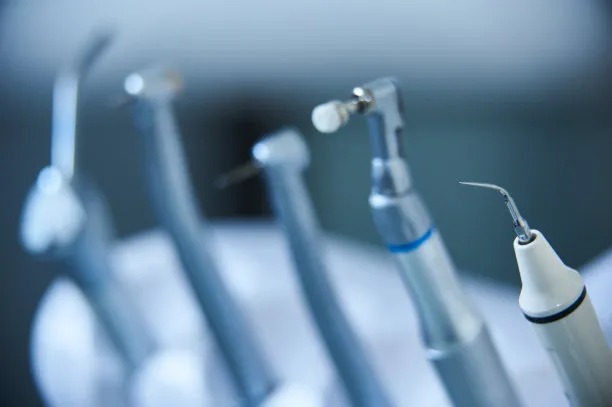The Crucial Steps and Considerations in Extracting a Tooth Safely and Effectively for Optimal Oral Health
Summary: Extracting a tooth, while often a necessary procedure, demands careful planning and consideration to ensure a safe and effective outcome. This article outlines the crucial steps and considerations involved in tooth extraction from preoperative evaluations to postoperative care. Each phase addresses essential practices and knowledge required by dental professionals to maintain optimal oral health for their patients. Understanding these steps is vital for both dentists and patients, as it helps mitigate potential complications and ensures a smoother recovery process. Ultimately, a thorough comprehension of these stages can lead to improved dental experiences and outcomes.
1. Comprehensive Preoperative Evaluation Process

A comprehensive preoperative evaluation is the cornerstone of successful tooth extraction. Before proceeding, dentists must conduct a thorough assessment of the patients medical history, including any existing health issues and medications that may affect the procedure. This step is critical as certain medical conditions, such as diabetes or heart disease, could increase the risk of complications.
Additionally, a detailed oral examination and diagnostic imaging, such as X-rays, play a crucial role in understanding the position of the tooth and the surrounding structures. These images help identify issues like tooth decay, infection, or the presence of nearby nerves, ensuring that the extraction is carried out with precision.
The importance of discussing the procedure with the patient cannot be overstated. Dentists should explain what to expect during the extraction, potential risks, and post-operative care instructions. Providing this information can alleviate anxiety and prepare the patient mentally and emotionally for the procedure.
2. Choosing the Right Technique for Extraction
Based on the preoperative evaluation, the dentist will determine the most appropriate extraction technique. There are primarily two methods: simple extraction and surgical extraction. Simple extraction is typically employed for teeth that are visible and easily accessible, while surgical extraction is necessary for teeth that are broken, impacted, or otherwise not easily removed.
For both methods, the application of local anesthesia is crucial to ensure the patients comfort. The selection of anesthesia should consider the patients health history and extent of the procedure. Patients with higher anxiety levels might benefit from sedation options, enhancing comfort during the procedure.
Furthermore, the dentist must utilize the right instruments and techniques specific to the chosen method. Mastery of these tools and the skills to manipulate them are essential to minimize trauma to surrounding tissues, thereby facilitating quicker healing and reducing postoperative discomfort.
3. Postoperative Care and Recovery Practices
Postoperative care is vital for a smooth recovery following a tooth extraction. Immediately after the procedure, patients must be given comprehensive care instructions which include bite pressure on gauze, and guidelines for managing discomfort with over-the-counter pain relievers.
Patients should also be informed about dietary restrictions. Soft foods are typically recommended immediately after surgery to avoid irritating the extraction site and to promote healing. Hydration is essential, but patients should be advised against using straws to mitigate the risk of dislodging blood clots, which can lead to complications like dry socket.
Follow-up appointments are crucial in monitoring the healing process and addressing any potential complications. During these visits, the dentist can assess the extraction site and ensure that the area is healing correctly, providing reassurance and guidance to the patient throughout their recovery journey.
4. Recognizing Complications and Their Management
Despite the best efforts, complications can arise after a tooth extraction, making it essential for both patients and dentists to recognize signs of issues early. Common complications include infection, prolonged bleeding, and dry socket, all of which can lead to significant discomfort and delay recovery.
Infections often present with swelling, increased pain, or drainage from the site, requiring prompt medical intervention. Dentists may prescribe antibiotics and provide additional care instructions to manage these issues effectively.
Prolonged bleeding can sometimes occur if the patient has certain medical conditions or if clotting factors are impaired. Patients should be instructed on how to manage bleeding at home and when to seek medical attention. Educating patients about the signs and symptoms of complications empowers them to take proactive measures to protect their health.
Summary:
Effective tooth extraction requires a systematic approach involving thorough preoperative evaluations, careful technique selection, diligent postoperative care, and awareness of potential complications. Each of these steps plays a crucial role in ensuring optimal oral health and a positive experience for patients. By adhering to these guidelines, dentists can improve surgical outcomes and foster patient confidence.
This article is compiled by Vickong Dental and the content is for reference only.



